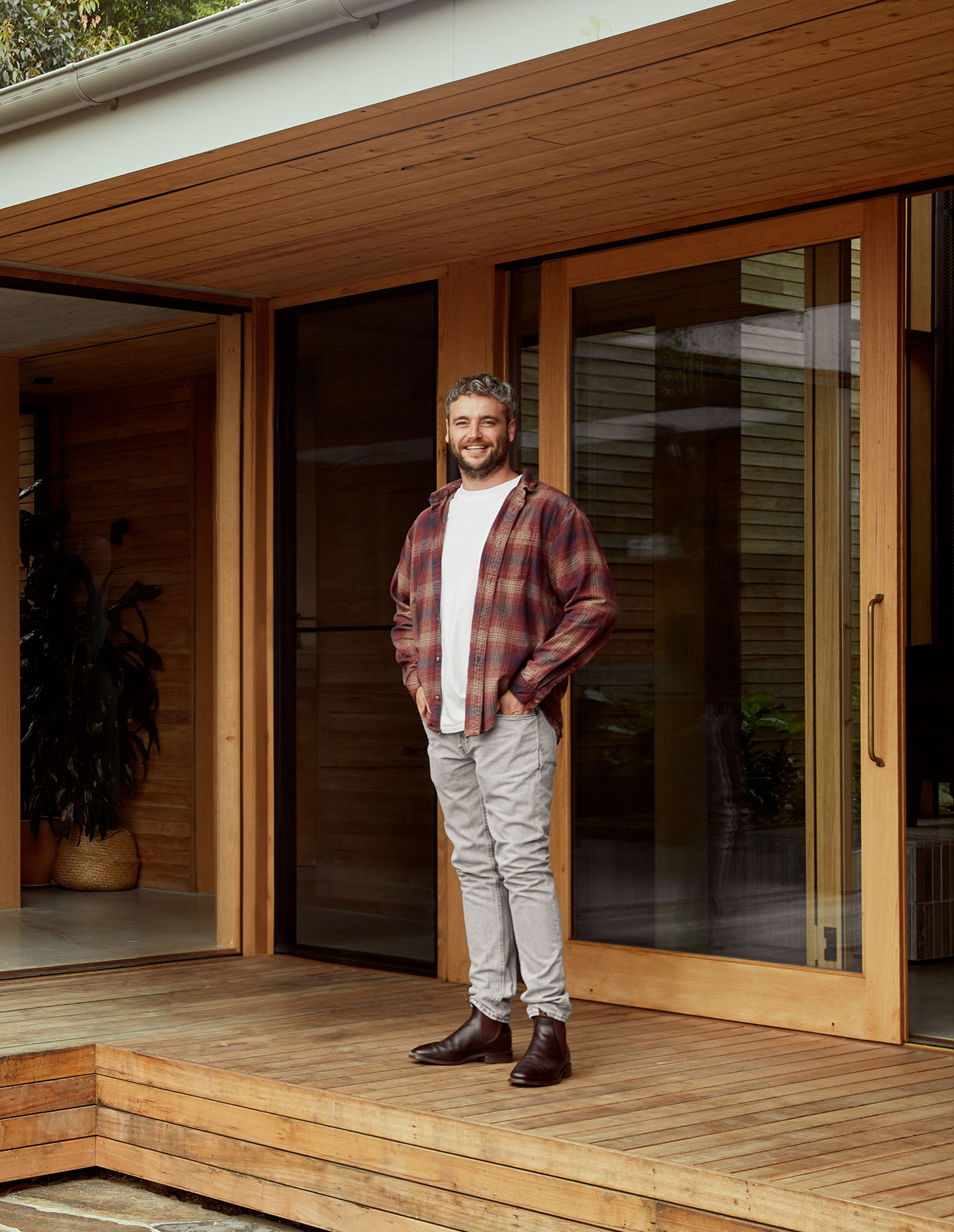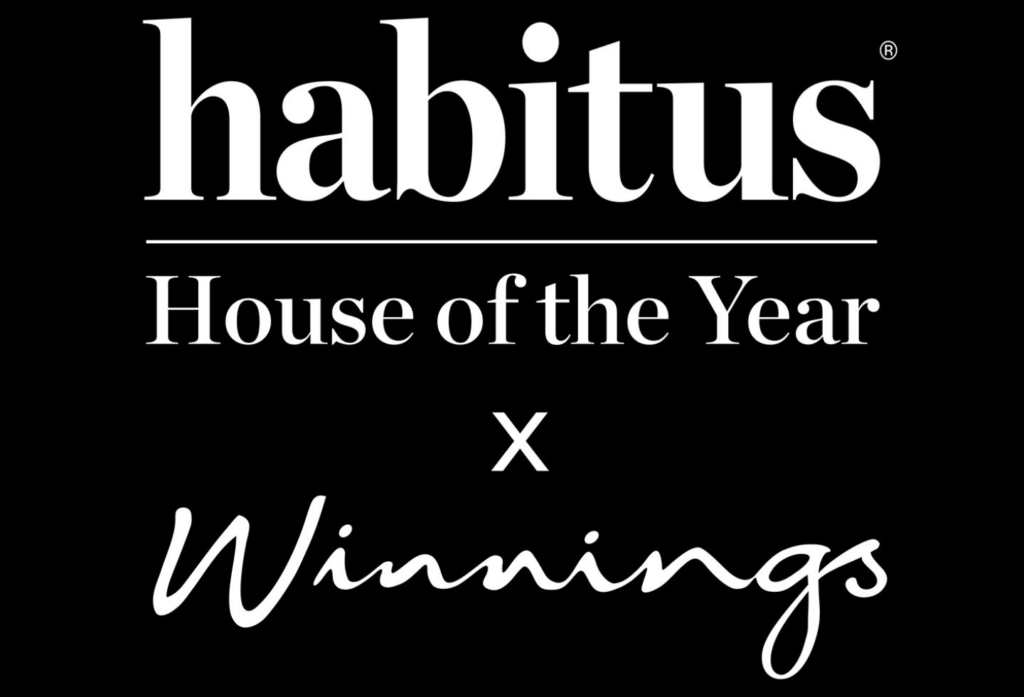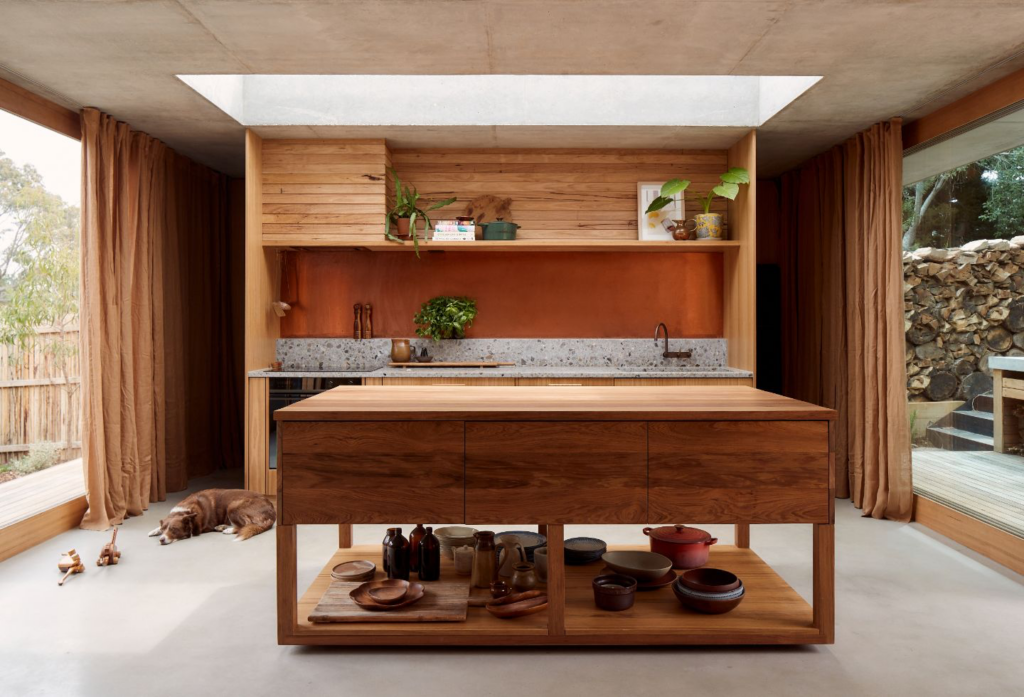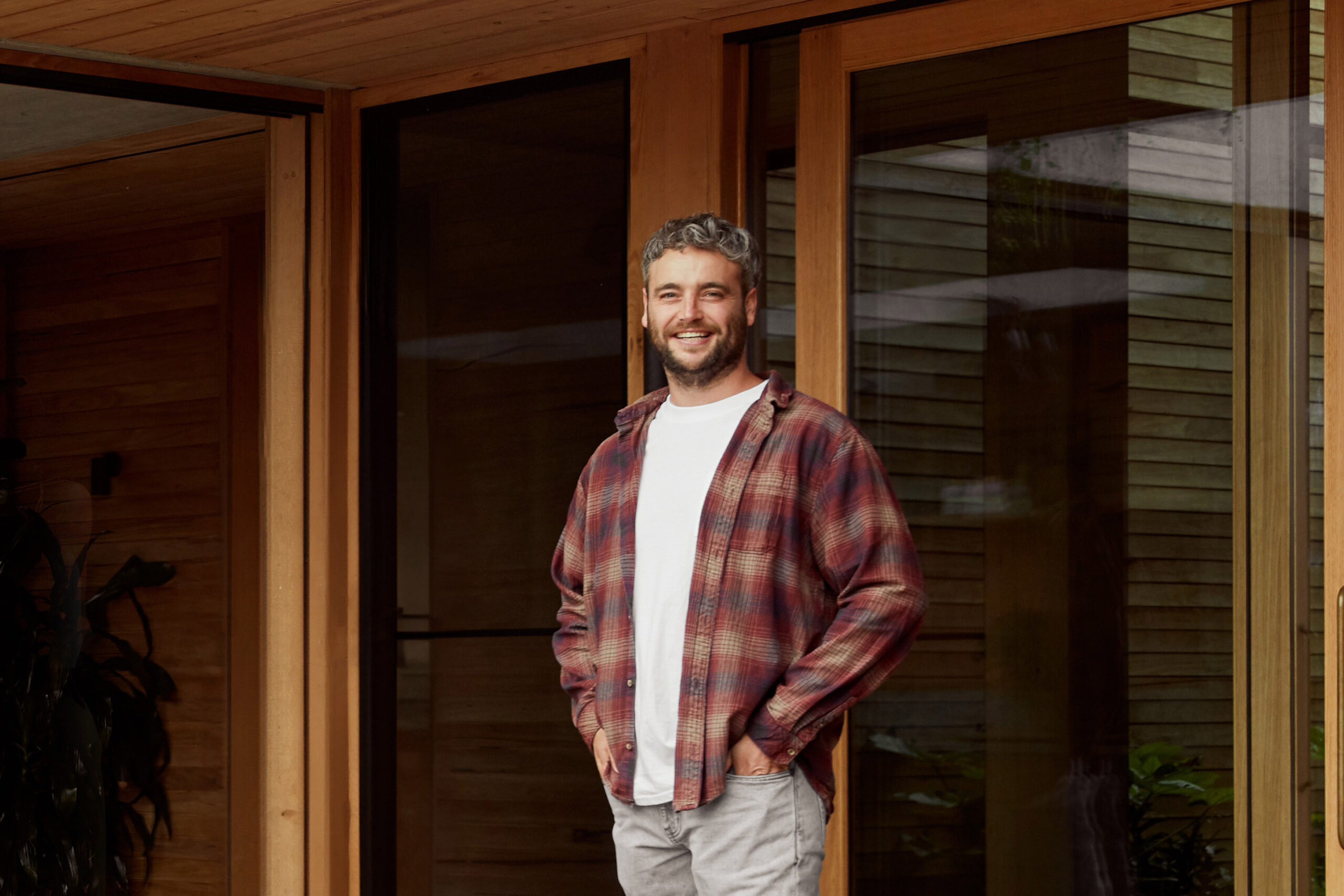Michael Graham – or, more specifically, Michel Edward Graham (hence MEG-Architects) – is the man behind MEGA, a small yet diverse practice that has been making waves with Little More House. Featured in Habitus magazine, the Mornington Peninsula project has been named in the 2024 Winnings x Habitus House of the Year shortlist – one of only 20 editorially selected residential projects from across the whole Asia-Pacific region.
As something of a solo practice (with some help from a retired architect uncle), MEGA’s story is Michael’s story. He’s a self-confessed outdoors person, having spent lots of time in Victoria’s High Country. Indeed, Michael joined spoke to me all the way from Magnetic Island off the coast of North Queensland where he was enjoying both family time and a remote place to work on the multiple projects on the go currently.
“I’m not really a typical architect when it comes to hobbies,” says Michael when asked about his sources of inspiration. “I love spearfishing, hunting and so on – I’m a really outdoorsy person. A lot of what influences my work comes from growing up exploring our beautiful High Country, [with its] remote cattlemen’s huts. That’s where a lot of the forms for my buildings come from – I just love the ruggedness and resourcefulness of the construction of those buildings.”
Travel to remote places is another source of inspiration. Michael spoke of an overland surf trip from Tijuana to Panama, where the varied forms along the way referenced local materials and climate so perfectly. It’s not all ruggedness and rusticity, however. MEGA seeks to keep that pole in a healthy tension with what you might call a more refined, sensitive approach. It’s something that developed for Michael through a connected with John Wardle, whose Burnt Earth Beach House also features in the House of the Year shortlist.
“I was lucky enough to meet him early on and he let me see a lot of his buildings during construction. Seeing [Wardle’s] work is where a lot of the refinement comes from – I think it’s the clash of the ruggedness of High Country huts with the refinement of his buildings. I really appreciate both of those things,” says Michael.

The balance is very much evident in Little More House, where a “rustic Australiana feel on the façade” meets a “very refined feeling on the interiors.” The MEGA approach, then, is in a sense quite simple and refreshingly clear. Michael highlights two fundamental pillars for his design work: “A building has to suit the client who’s commissioned it, and it has to suit the area it’s designed in. Those two simple rules are enough, I feel.”
Michael continues: “What stands out to me is architecture that really suits a place; a building that feels at home in its environment is what’s important to me.”
MEGA is a relatively young practice and Michael an emerging designer. He uses the metaphor of a once-blank canvas to describe practising architecture: “You start off with small lots of knowledge and then, slowly over the years, some of the blots start connecting. It’s got a lot fewer than it used to, but I still feel that my canvas has a lot of empty space – my picture is nowhere near to complete,” he adds with a certain excitement about the future.
“It’s such a varied field and each new project can be a whole new set of challenges,” says Michael. In this context, it’s notable that – despite the emerging nature of MEGA as a practice – it’s firmly grounded in a similarly wide, multifaceted range of design knowledge. Michael had early experience in construction and, more recently, sought out work in planning in order to bolster the skills gained in architectural practice.
While there will surely be much more to come, Little More House is already a strong and intriguing design statement. Stay tuned to our Instagram for more shortlist news, and get ready to vote in the People’s Choice Award with the 2024 Winnings x Habitus House of the Year!







Read about the 2024 Winnings x Habitus House of the Year jury here

